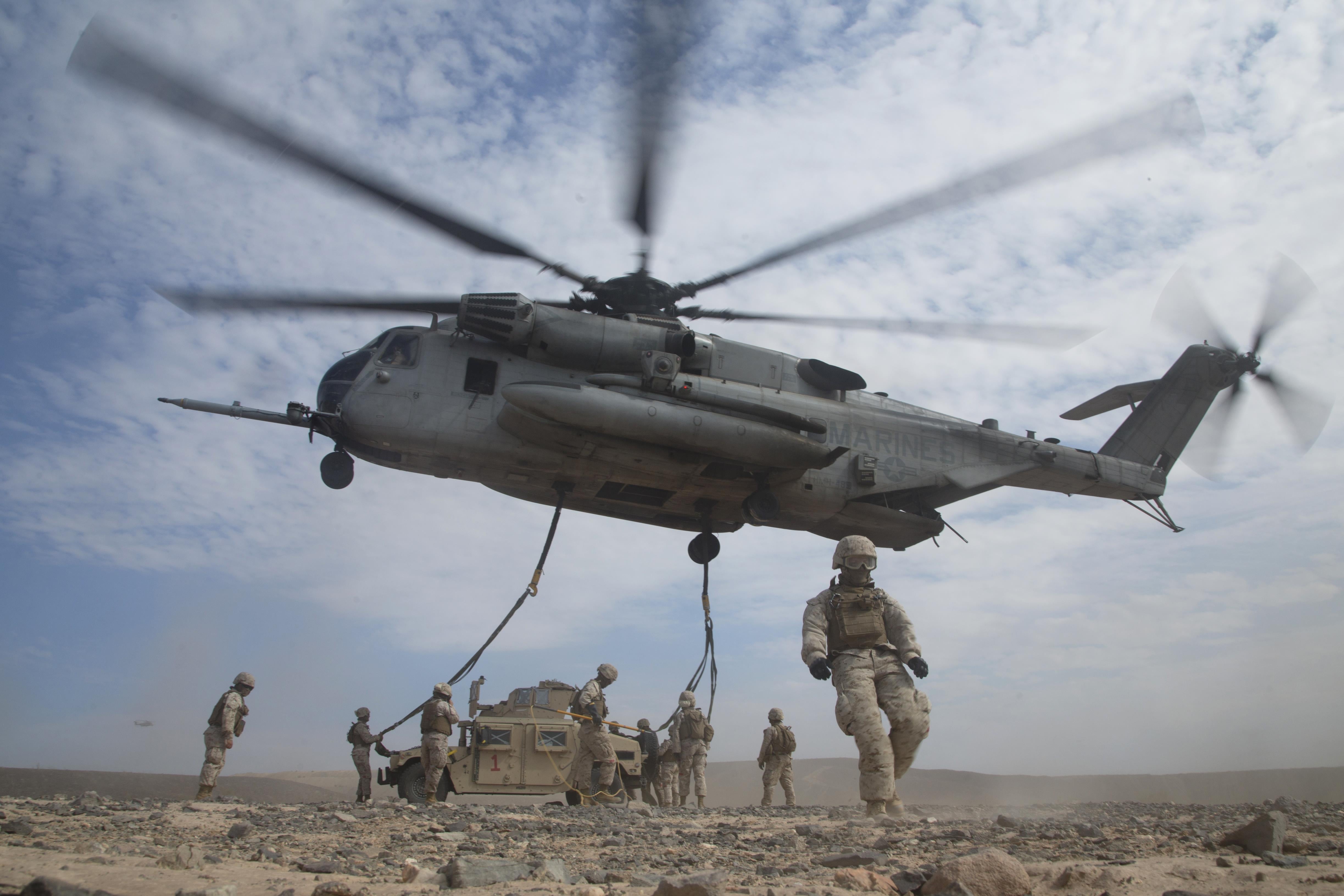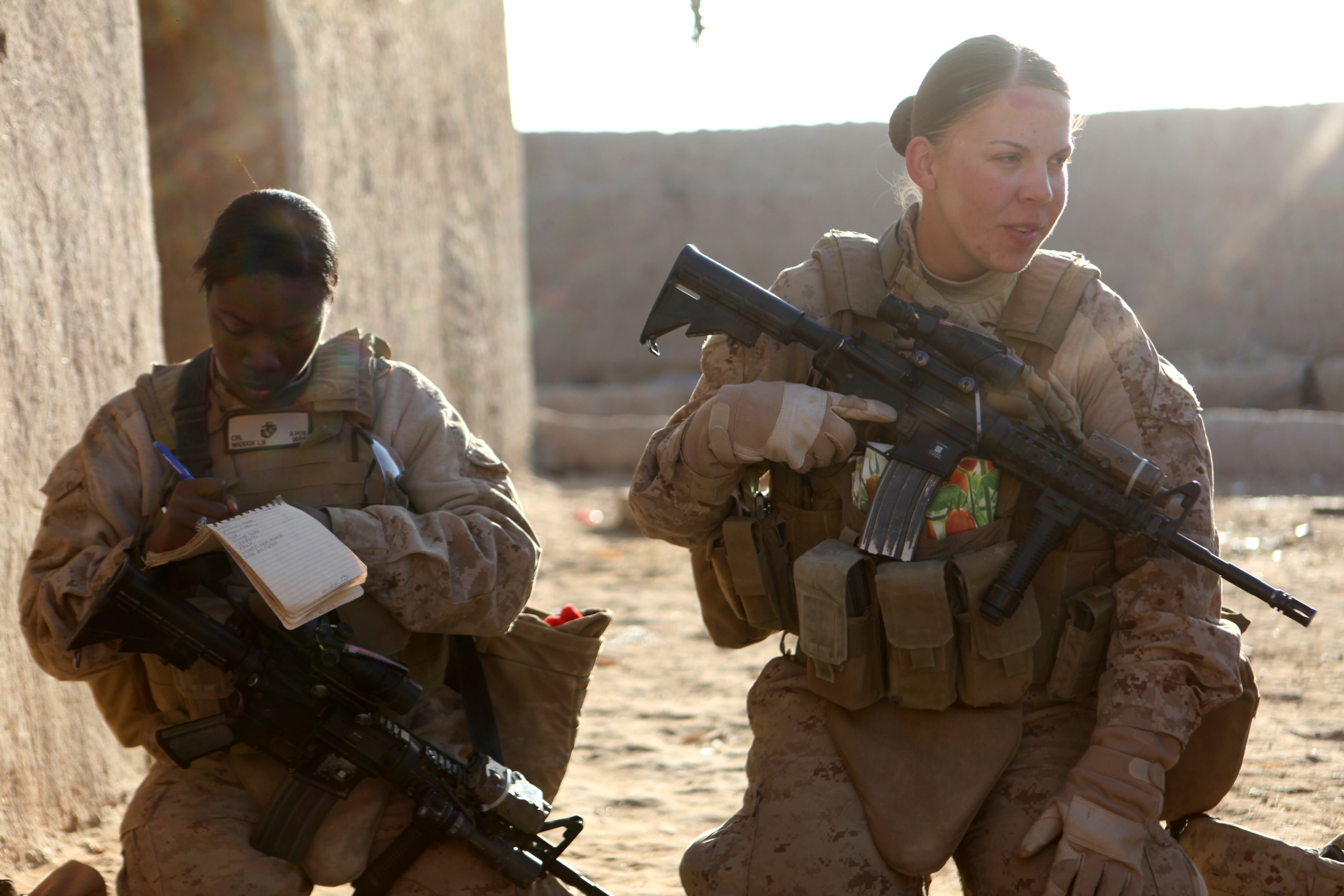For the first time in years, the Marine Corps' budget does not call for the service to get smaller.
The service's $23.4 billion spending request for fiscal 2017 anticipates the drawdown to be over completed by the end of this fiscal year, Marine Corps Times has learned.
The Marine Corps' active-duty end strength is expected to go from 184,306 to 182,000 by October, said Yvonne Carlock, a spokeswoman for Manpower and Reserve Affairs.
That end strength leaves roughly a fifth of the service About 19 percent of the deployed at any given time. Currently, 30,800 Marines are forward deployed and another 4,570 are at sea are deployed afloat, said Marine Corps spokesman Maj. Christian Devine.
The Marine Corps' proposed budget holds the line on aviation spending, despite which Marine Corps Commandant Gen. Robert Neller highlighting ed the need to repair and replace aging aircraft in his Jan. 19 fragmentary order.
"We’ve run our stuff pretty hard, just like the Navy has run their ships pretty hard," Neller told Marine Corps Times last month a Jan. 20 interview. "In order to make mission and to what we had to do, there’s been some deferred maintenance. We’re at the point now where we have to fix the stuff."
The Marine Corps expects to spend a total of $649 million on air operations in fiscal 2017, including flight operations, maintenance and depot work and logistics, according to official documents Marine Corps Times has learned. That compares with roughly $647 million for Marine Corps air operations in 2016 enacted for this fiscal year.
Defense Secretary Ashton Carter recently indicated that the Defense Department would increase spending for maintenance and depot work on Marine Corps aircraft during a recent visit to when he visited Marine Corps Air Station Miramar, California, on Feb. 3.
"We’re increasing funding for depot maintenance for F-18s ... in recognition, which some of you know who work with F-18s, the -- particularly for the older models that we’ve worked extremely hard," Carter told Marines during the Feb. 3 visit. "They’re more challenged in the maintenance sense than we had anticipated and ... we need to we’ve got a backlog in the depots that we need to catch up with. ," Carter told Marines during the visit. "That takes money. We’re going to fund that."
Backups in depot dept maintenance have caused readiness levels to drop for non-deployed F/A-18 A-D units, official documents state Marine Corps Times has learned.
Under the budget, the Marine Corps would purchase 16 F-35B joint strike fighter jets next fiscal year — two more than originally planned, according to official documents Marine Corps Times has learned. It would also start buying CH-53K King Stallion helicopters to replace the aging fleet of CH-53E Super Stallions.
The Marine Corps' plans to purchase two CH-53Ks in fiscal 2017, followed by four more helicopters in fiscal 2018, seven in fiscal 2019, 13 in fiscal 2020 and 14 in fiscal 2021, official documents state Marine Corps Times has learned.
The CH-53K is expected to begin replacing the older CH-53E in fiscal 2019, said Marine Corps spokeswoman Capt. Sarah Burns. The CH-53K is currently slated to finish developmental testing in spring 2018 and start operational testing that fall, she added said. It is expected to reach full operational capability in 2029.
Meanwhile, several CH-53D and CH-53E models have been involved in with fatal crashes in recent years. Most recently, two CH-53E helicopters from Marine Heavy Helicopter Squadron 463 crashed on Jan. 14 off Oahu, killing 12 Marines. The cause of that crash remains incident is under investigation.
Between fiscal 2011 through the present, CH-53D and CH-53E helicopters have been involved in nine Class A mishaps, which result in service members being killed or permanently disabled or more than $2 million in damage, according to figures released by the Marine Corps. During that same period time, those models of the CH-53 have been involved with five class B mishaps, which cause between $500,000 and $2 million in damages or lead to service members receiving partial permanent disabilities. The Marine Corps no longer uses the CH-53D, which last flew in 2012.
This fiscal year, the Marine Corps plans to refurbish 17 CH-53Es as part of a plan to get all 149 of the helicopters to full mission-capable status by 2020, Burns said. The process involves giving each of the helicopters will a detailed inspection, addressing equipment shortfalls and having contractor training teams to help Marines sustain the helos icopters, she said.
"The key to future material readiness is in transition," Burns said. "The Marine Corps is past the point where modernization (procurement) and current readiness intersect, and the two are now moving together. We are approximately halfway through the full transition of every tactical platform in our aviation inventory."




